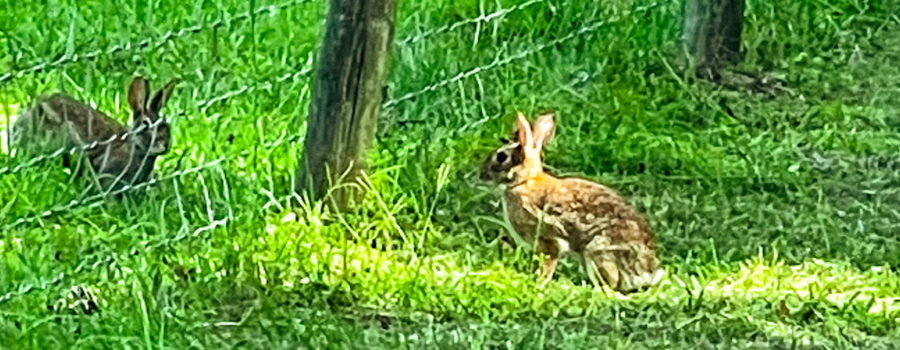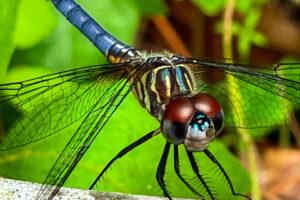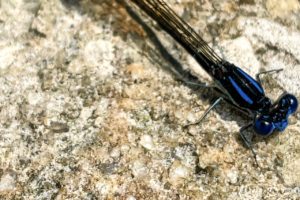The Eastern Cottontail has a Fascinating Mating Ritual

At the end of July, I was driving around our neighborhood looking for interesting things to photograph when I happened on these two Eastern cottontail rabbits (Sylvilagus floridanus) cavorting in a small pasture. I had actually been looking for a couple of hen turkeys who had been running around the area with a bunch of little pullets, but I never did spot them. The rabbits were a pleasant surprise, though. Most of the time these little guys are pretty shy, and they are very fast, so they are difficult to get close to let alone photograph, but these two were pretty wrapped up in what they were doing, and they pretty much ignored me. I sat in my truck watching and photographing them for about 15 minutes, but as soon as I got out, they took off.

The Eastern cottontail is one of two rabbits that we have here in Florida. The other one is the marsh rabbit. The two of them look very similar, but the marsh rabbit has shorter, rounder ears, and a darker colored tail. The easiest way to tell them apart, though, is by the habitat that you are in. Eastern cottontails live in dry areas like pine flatwoods, farms, pastures, woods edges, sandhills, and even suburban areas if food and cover are available. The marsh rabbit, on the other hand, likes a wet habitat and is found in swamps, marshes, and bogs. Also, the Eastern cottontail has a much larger range than the marsh rabbit (in fact, the Eastern cottontail is the most common species of wild rabbit in the United States). The marsh rabbit can only be found from Virginia south to Florida and west into Alabama and it pretty much only inhabits coastal areas within that range. The Eastern cottontail actually ranges from from Maine and southern Canada south through Florida and out into Texas, New Mexico and the midwestern United States. It is also found in much of Central America and even northern South America. There are also some populations that have been established in the Pacific Northwest and California.

Eastern cottontails (and all rabbits) are vegetarians, although they may ingest some insect material while browsing. They are not fussy eaters and will eat many different plants including grasses, clover, alfalfa, crab grasses, ragweed, goldenrod, globe Sedge, and dandelions among other things. What they eat has a lot to do with what happens to be available at the time. In winter, when fresh vegetation isn’t readily available, they will eat bark, twigs, buds, and early green shoots. Rabbits are also coprophagic, meaning that they will eat their own stools. They actually produce two types of pellets. The ones we regularly see are left alone, a softer pellet is what they eat, and this allows them to get much more nutrition out of their highly fibrous diet.

I’m pretty sure everyone has heard the expression “breeds like a bunny” and there is a reason for that! Depending on where they live, Eastern cottontails can produce between four and seven litters each year and each litter can have between four and twelve kits (the average is five). Reproduction is triggered by rising temperatures in the spring rather than lengthening days, so it may start earlier or later than the average depending on the year. Here in Florida they can breed all year long, but they generally are more actively breeding between February and September. The two that I observed were involved in a courtship ritual that usually involves running, hopping, chasing each other, and sometimes even fighting. It is usually done at night, but it’s not uncommon to find a pair like this one that are involved in this ritual during the day. After breeding, the male will move on to find other receptive females while the female will build a nest in a depression in tall grass or scrub. She will line it with vegetation and hair from her own belly. The kits are born blind and with only a thin covering of hair, but they grow quickly and usually leave the nest at about three weeks of age. The female is usually pregnant again by the time they leave!

I consider myself to be pretty fortunate to have come across these two during the middle of their mating ritual. It kept them distracted and busy so that I could get some decent photos. It was also enjoyable just to be able to watch them. I do feel a little bad about interrupting them by deciding to try to get closer. I suspect that it didn’t take long for them to start again after I left, though, since they seemed so intent on what they were doing. I’m sure that these rituals get interrupted regularly since these little guys are pretty low on the food chain (i.e. they have lots of predators) and it doesn’t take much to frighten them into cover. Now whenever I ride through that area I will look out for them.
If you enjoy beautiful nature and animal photography and artwork along with engaging content give our blog a try! It’s easy to do! Just sign up below!





Recent Comments